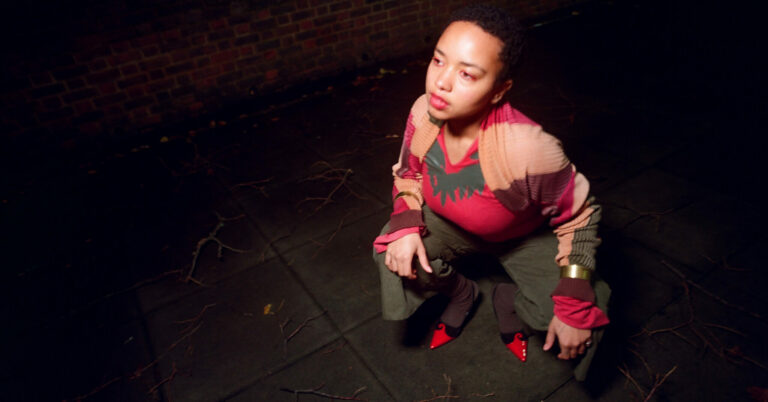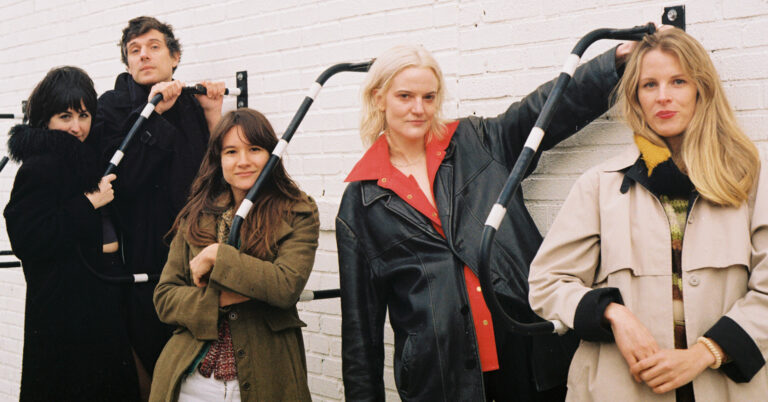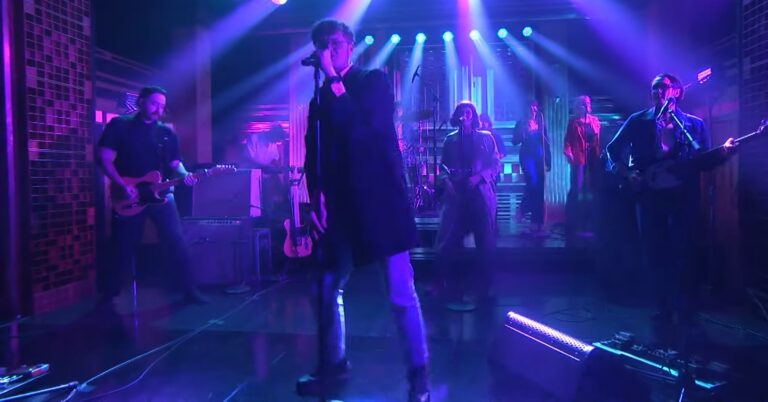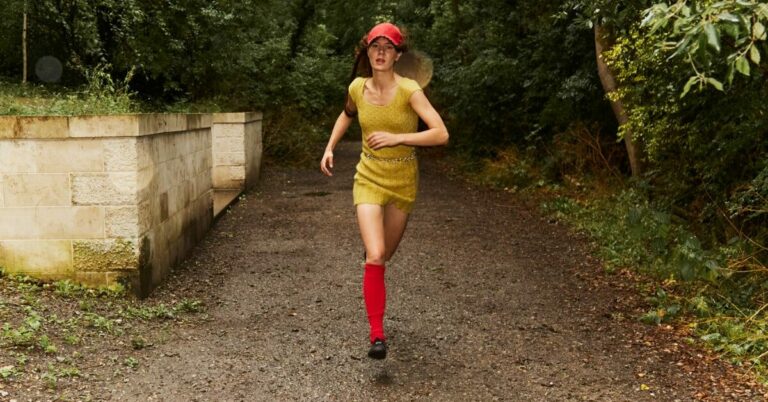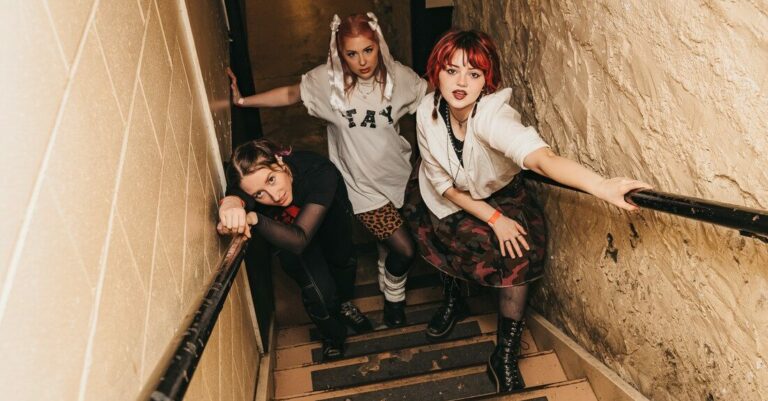When tailoring the look and feel of your home, not much thought is typically given to the heating system. This, however, is a missed opportunity as there’s one type of heater that stands out notably in style and performance a column radiator. Column radiators are renowned for their elegant design and outstanding heat efficiency. With a myriad of design options, they are not merely functional appliances, but integral components in enhancing the ambiance of any living space.
Chic Design, Heart-Warming Performance
Designer column radiators are efficient heat sources that augment the aesthetic appeal of your home. They consist of steel columns, which are vertically aligned, facilitating excellent heat dissipation. Despite their slim profiles, these radiators are incredibly durable and give a satisfyingly substantial heat output. But what truly sets them apart is their timeless beauty, which is versatile enough to complement both contemporary and traditional interior styles.
Shape Your Room’s Character
With the increasing popularity of open floor plans, the task of articulating spaces becomes even more critical. Designer column radiators, available in a variety of shapes and sizes, can assist in defining zones within an open floor plan. A single, tall column radiator placed appropriately can break up space visually, separating the living and dining areas without putting up physical barriers. Whereas a long, low-slung horizontal column radiator can effortlessly introduce a line of continuity in the design of a room.
Throwing a Splash of Color
Elegant and unique, designer column radiators are not just available in your typical white or chrome but a surprising array of colors. This liberty of choice can dramatically augment the interior design of your room. A bold red column radiator can act as a statement piece in a monochromatic room. Whereas in a room with royal blue walls, a gold column radiator can provide a touch of contrast and regality.
The Bare Necessities
Like any heating system, column radiators must be adequately maintained to ensure their efficient operation. Regular dusting, especially during the colder months, will keep your column radiator performing at its best. It’s also helpful to bleed column radiators—that is, release air from them—at the beginning of the winter season to ensure equal heat distribution. On a similar note, investing in good quality radiator valves can enhance life and performance of your column radiator. While regular maintenance is necessary, the robust design of column radiators means they tend to have a long lifespan.
Fitting Column Radiators
Installing a column radiator might sound like a daunting task, however, with a few right tools and a good instructional guide, it’s a process that homeowners can undertake themselves. Alternatively, one can always hire a professional for assistance. What’s essential to note is that column radiators, contrary to general perception, do not limit furniture placement. The slim design ensures they can be installed in the most unlikely of places such as under windows or in corridors, without being restrictive.
Final Thoughts
Whether you are revamping your home or constructing a new one, transforming its heating system into a work of art with designer column radiators is a step worth considering. Not only would it add warmth to your rooms but also instill a unique charm that is attractive, efficient, and definitely worth the investment.
